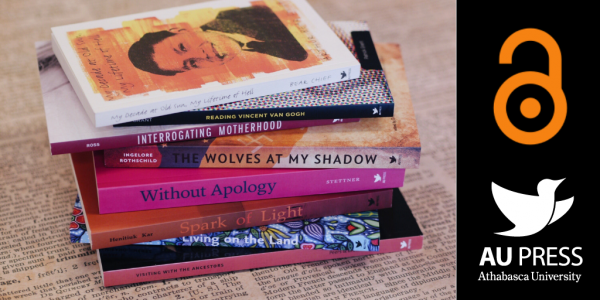How Academia Could Benefit from Reading Technology
I’d pay a *lot* more for books if I could see the highlights, annotations, and marginalia of friends or people I follow.
If books really do matter in the world, feels like we’d benefit from a lot more reading technology. Getting books onto the screen was a good *first* step.
— Patrick Collison (@patrickc) June 3, 2018
This tweet from Patrick Collison, CEO of Stripe, an online payment system, has 4.4K likes, 646 retweets, and 556 responses. Clearly, we’re fascinated by the idea of having access to other people’s thoughts. Those dog-eared pages with pencil markings that we find in second hand bookshops tell a story beyond the printed pages. This idea (pardon the reference) recalls Harry Potter and the Half-Blood Prince in which Harry’s potions textbook contains annotation and marginalia that help him excel in potions class—a critical task for the plot of the book.
Open Access: Endless Possibilities
The question that still needs to be asked is how could we benefit as readers and as an academic community from reading technology more sophisticated than the kind we use today? In our recent blog post about the endless possibilities of open access, we shared the unique formats of our online material and how these formats contribute to a reader’s experience. We (and our authors) wanted to use platforms for our books that could provide enriched content (such as photographs, videos, and live links) that would engage our readers in new ways and add value to the text. But we also wanted to experiment with environments that encourage interaction between readers.
In his tweet, Collison is suggesting a reader-created environment that allows people with similar interests to share ideas and responses. So much of the world’s communication on social media involves tagging friends in posts on Facebook and Instagram without providing any context. However, there’s also the option on social media to comment and engage in discussions with followers, friends, and other like-minded (sometimes!) individuals. Imagine being able to tag a colleague in the middle of reading a book when you come across something pertinent to their research. Or, on the literary side, when you find a sentence that perfectly describes a friend’s outlook on life. This type of “social scholarship” could be useful in collaborative research projects and could make the sharing of ideas among scholars more immediate.
University Presses
Reading technology seems to be gaining the most traction in the university press world. University presses know that the book-length argument in the humanities and social sciences is here to stay but the goal of greater dissemination to a wider public has resulted in many experiments with reading technology. We are continually thinking about how we can provide greater access to academic work and what kind of access readers want. Just scrolling through the replies to Collison’s tweet tells us there are many perspectives and even more possibilities.
I’d love this—IF I could read pages, then go back and read comments. I’d want to read it unannotated first (unfiltered, unframed). Because so many great ideas come from intensely novel perspectives.
— Maria Chong (@mariachong) June 3, 2018
I want to read a book on my own, have my own feelings and thoughts, and then talk about it with friends/etc. surely some thing can remain a solitary experience. that does matter.
— james w. moore (@jamse) June 7, 2018
Of course, there are many issues to consider as we edge towards the future of reading and technology likely won’t solve all the problems of accessibility. It may even create new ones. But there is an incredible amount of potential in new platforms such as Manifold and we are excited to see the results of these experiments (and hopefully take part).


